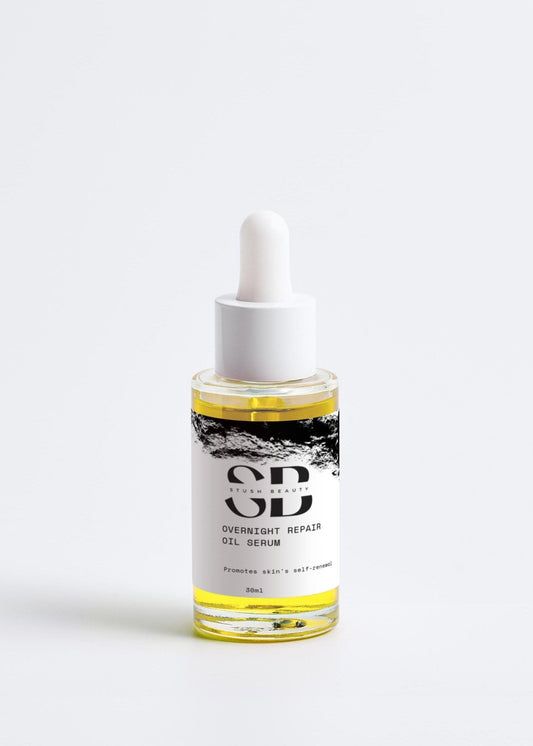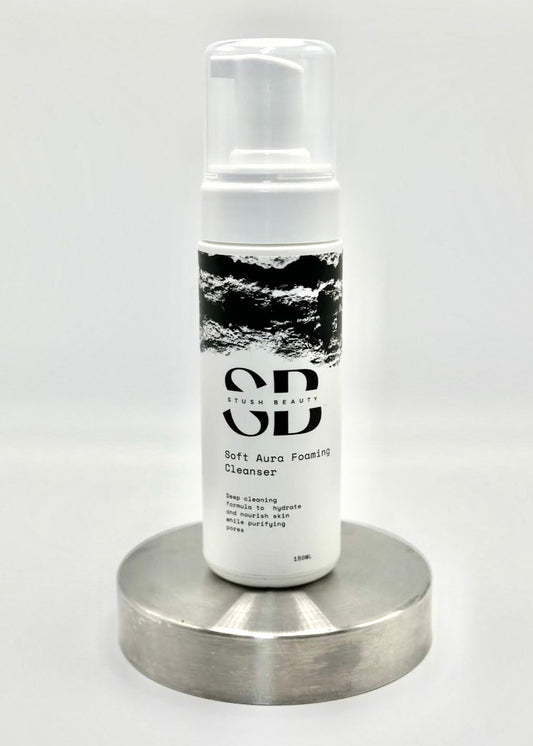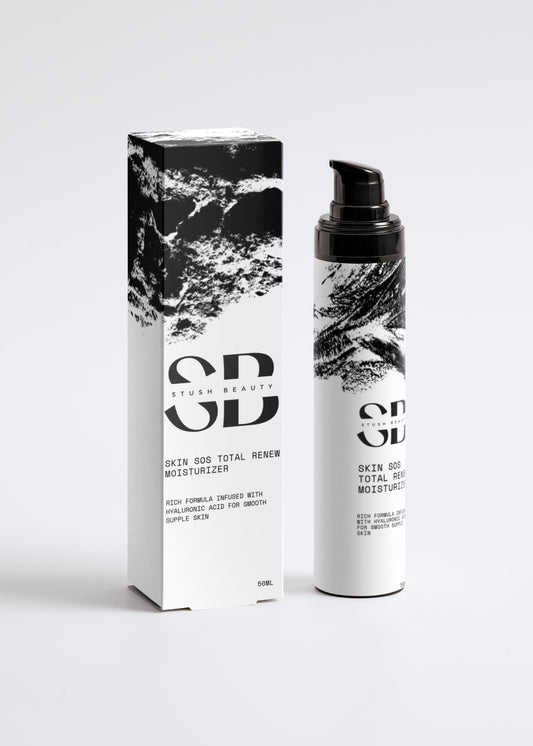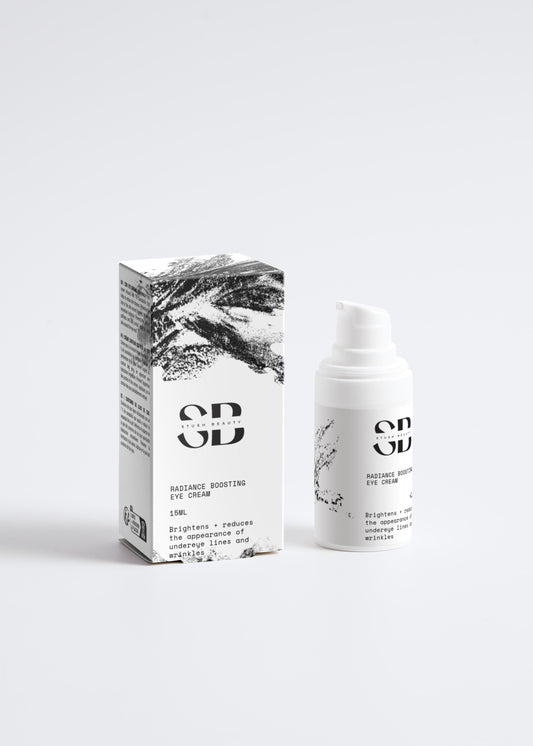Retinol, the gold standard ingredient in skincare, has garnered immense popularity for its ability to tackle a variety of skin concerns, from fine lines and wrinkles to acne and uneven skin tone. However, harnessing the full potential of retinol requires proper application to ensure optimal results without irritation. So, how do you apply retinol effectively? Let's dive into the details.
Understanding Retinol
Retinol, a derivative of vitamin A, works by promoting skin cell turnover and stimulating collagen production, resulting in smoother, firmer, and more youthful-looking skin. It's available in various strengths, from over-the-counter formulations to prescription-strength options, depending on your skin's needs and tolerance.
Patch Test First
Before incorporating retinol into your skincare routine, it's crucial to perform a patch test to check for any adverse reactions. Apply a small amount of retinol to a discreet area of your skin, such as behind the ear or on the inner forearm, and wait 24 hours to observe for any signs of irritation, redness, or itching.
Start Slowly
When beginning a retinol regimen, start with a low concentration and gradually increase frequency and potency as your skin adjusts. Begin by applying retinol every other night to minimize the risk of irritation, and then, over time, you can increase usage to nightly application if your skin tolerates it well.
Cleanse and Dry Your Skin
Before applying retinol, ensure your skin is clean and completely dry. Cleansing removes dirt, oil, and impurities, allowing retinol to penetrate effectively. However, avoid using harsh cleansers or exfoliants that may further sensitize your skin.
Apply a Pea-Sized Amount
Less is more when it comes to retinol application. A pea-sized amount is sufficient to cover the entire face. Using more than necessary won't enhance the benefits and may increase the likelihood of irritation.
Avoid the Eye Area
Retinol is too potent for the delicate skin around the eyes, which is prone to irritation. Instead, opt for a specialized eye cream formulated with gentler ingredients suitable for this sensitive area.
Follow Up with Moisturizer
After applying retinol, follow up with a moisturizer to help lock in hydration and minimize potential dryness or peeling. Look for a non-comedogenic, fragrance-free moisturizer suitable for your skin type.
Use Sunscreen Daily
Retinol can increase your skin's sensitivity to the sun, making it more susceptible to damage. Therefore, it's essential to apply a broad-spectrum sunscreen with an SPF of 30 or higher every morning, even on cloudy days, to protect your skin from harmful UV rays.
Be Patient and Persistent
Results from retinol won't happen overnight. It may take several weeks to months of consistent use before noticing significant improvements in your skin's texture and appearance. Be patient and stick to your routine to achieve the best results.
Listen to Your Skin
Pay attention to how your skin responds to retinol. If you experience excessive dryness, redness, or irritation, scale back on the frequency of use or switch to a lower concentration. Everyone's skin is unique, so what works for others may not necessarily work for you.
Consult a Dermatologist
If you're unsure about how to incorporate retinol into your skincare routine or if you have specific skin concerns, consider consulting a dermatologist. They can provide personalized recommendations tailored to your skin type and concerns, ensuring you get the most out of your retinol regimen while minimizing the risk of adverse reactions.
In conclusion, applying retinol correctly is key to unlocking its full potential and achieving radiant, youthful-looking skin. By following these tips and listening to your skin's needs, you can harness the transformative power of retinol while minimizing the risk of irritation. Remember, consistency is key, so stick to your retinol regimen for long-term results you'll love.




